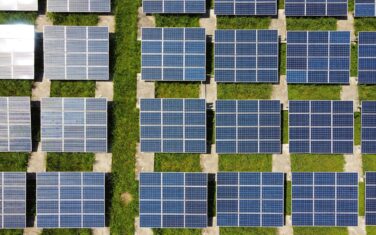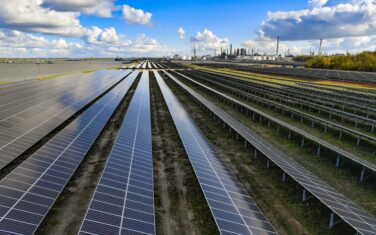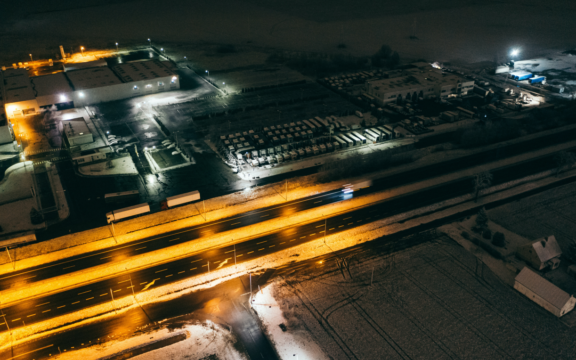Modern society thrives on products enabled by the chemical industry. However, this goes hand in hand with a significant use of energy and CO2-emissions. Steam cracking, a crucial process in the chemical production chain, is currently a large industrial CO2-emitter. When this process is electrified, by using sustainable solar and wind power instead of fossil-based fuels, CO2-emissions can be greatly reduced.
In chemistry, cracking is the common term for a process that breaks up molecules. In most cases this is carried out thermally so that an influx of heat is required. Steam cracking is a specific cracking process used to convert hydrocarbons such as naphtha, liquified petroleum gasses and natural gas condensates into olefins. These are common building blocks used in the industrial synthesis of a wide variety of products that people use every day, including plastics.
Reducing CO2-emissions in the chemical industry
Operating at temperatures of around 850 °C, steam cracking is a very energy-intensive process. In the Netherlands, steam cracking results in an annual emission of around 5 megatonnes of CO2, equal to almost 3% of all greenhouse gas emissions. Developing and introducing a sustainable technology to power steam cracking thus would have an impact on a national scale.
The mission of this program is to electrify the steam cracking of light hydrocarbons and significantly reduce its CO2-footprint. We also aim to accelerate the collaborative development of radically innovative future cracking technologies and develop a systems approach to speed up their implementation.
In the Netherlands, steam cracking results in an annual emission of around 5 megatonnes of CO2
Electric Cracking: future-proof solution
ISPT considers the electrification of steam cracking as the most future-proof solution to reduce CO2 emissions and meet climate targets for the chemical industry.
Our efforts are focused not only on developing the essential technology for electrification, but also on aspects of systems integration at the level of the chemical plant and beyond. It is in the DNA of ISPT to establish the strategic collaborations needed to speed up the industrial transition towards sustainable cracking.
Technological innovation and systems integration
In terms of technology, the approach is along 2 parallel routes. On the one hand the focus is on retrofitting existing steam crackers and replacing gas-fired burners with electric heating systems. This will provide a relatively fast way of meeting short-term CO2-reduction targets. The other route focuses on entirely new methods of electric heating and radical innovation of the cracking technology. This entails for instance the development of novel techniques for direct heating.
These and other technologies are expected to enable the required levels of decarbonization towards 2050.
Next to technology development we put a substantial effort in an analysis of the impact, risks and critical factors regarding the system integration of electrification technology. As an example, current burners are fuelled with waste gases produced in the cracking process. In the case of electrification, these gases will have to be used or disposed of in a CO2-neutral way. And of course there will be a significant demand for electricity with the introduction of electric cracking.
All in all, the latter will have a major impact on local, regional and national energy systems, value chains and infrastructure. We aim to develop decision-support tools rooted in an analysis explaining and validating the technical, economic, social and societal impact of implementation of electric cracking. This will provide companies and governments with a firm basis for the development of scenarios for future deployment of electrification technology.









